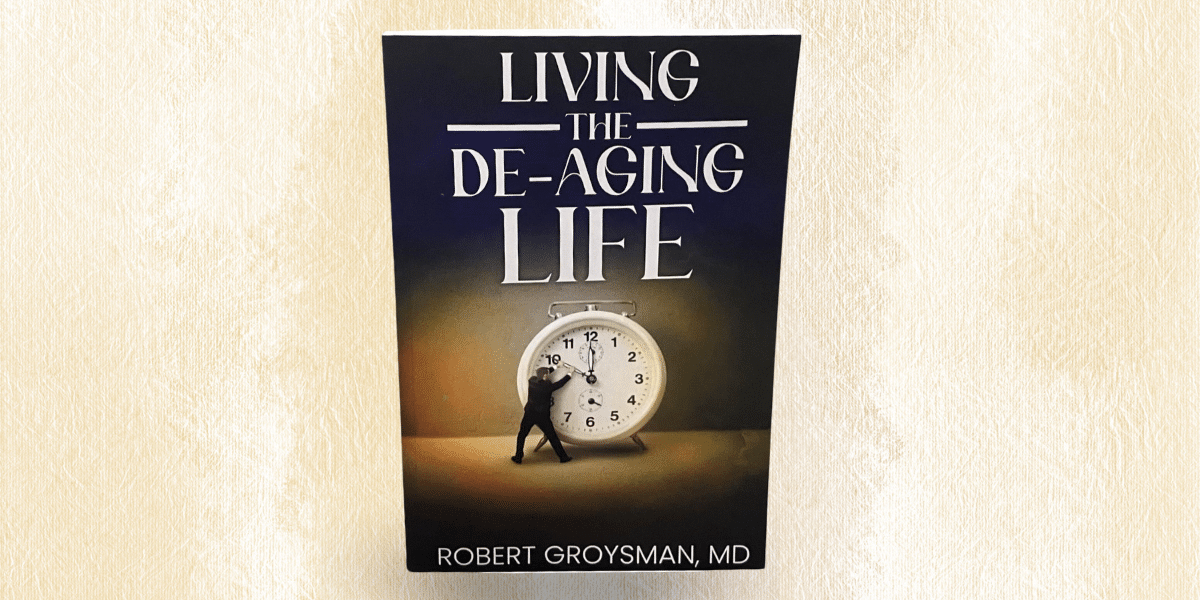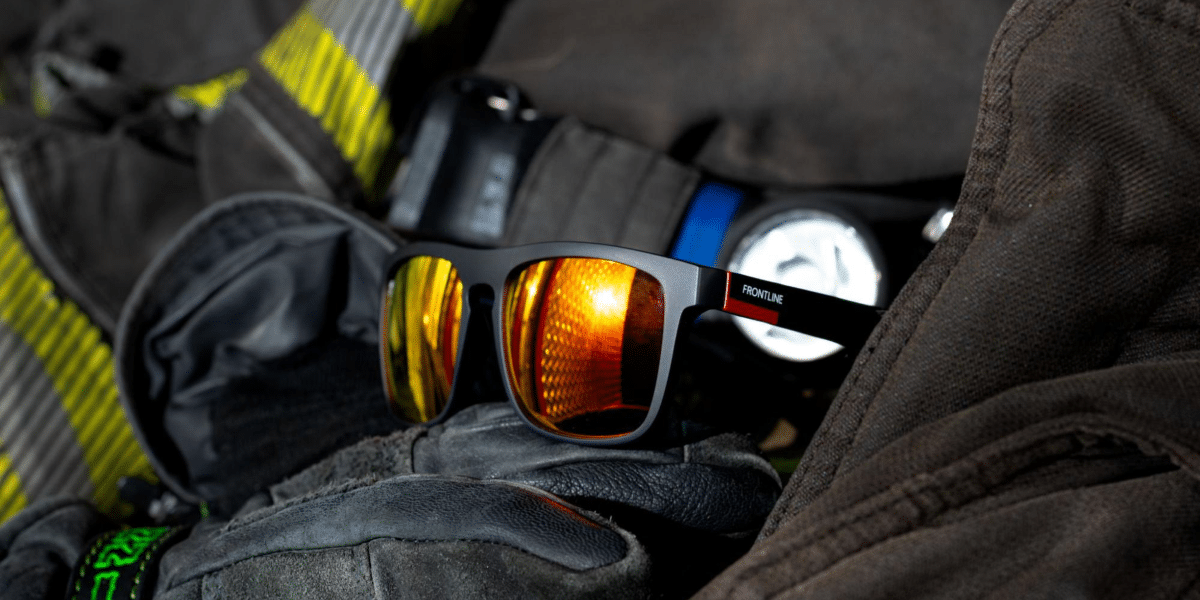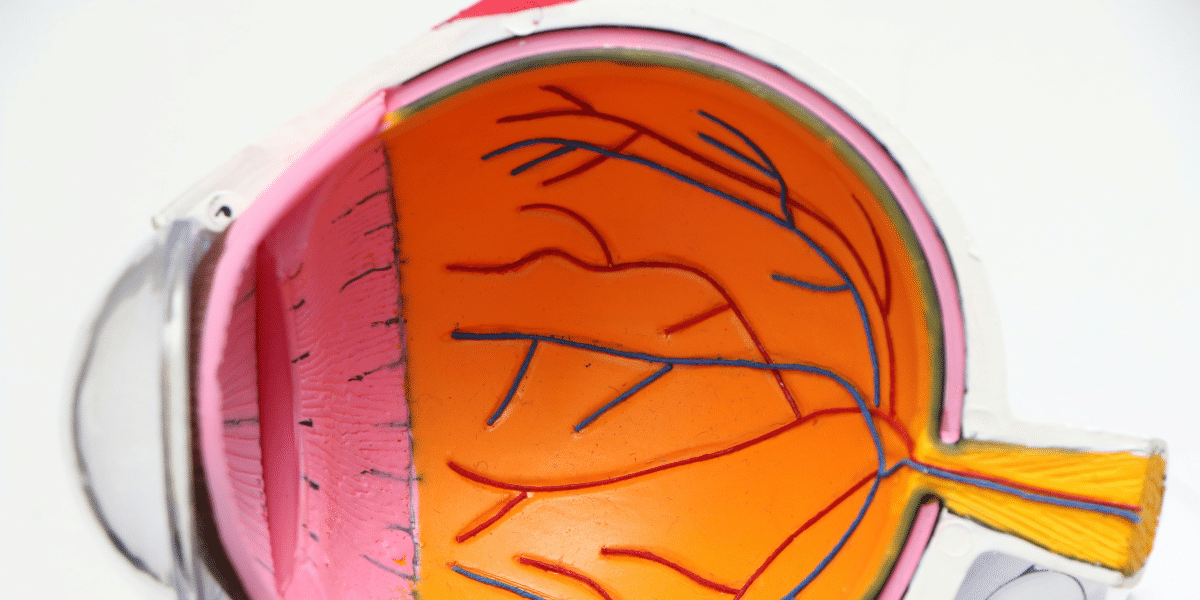If you’ve recently made the decision to invest in a piano, you probably already know that making a major purchase involves careful consideration and planning. It’s also essential to provide the proper care and maintenance to ensure that the instrument preserves its value and performance over time. Here’s what you need to know:
1.Place It Properly
Naturally, you’ll want to place your piano in a prominent part of your home. However, don’t let your urge to show it off cause you to place it in a location where it will be exposed to direct sunlight, drafts, fluctuations in temperature, or high levels of household humidity. These conditions can all damage the interior components of the instrument, negatively affecting its sound quality.
2. Keep It in Tune
You should plan on having your piano tuned on an average of once every six months. A variety of factors, including humidity and changes in indoor temperature, can affect the tension of the instrument’s strings and interior wooden components, which can decrease the quality of its sound.
3. Control Household Humidity
Too much atmospheric moisture causes wood to expand, while too little causes it to dry out, become brittle, and crack. The ideal indoor humidity level for a piano is at or around 42%. A hygrometer is used to monitor humidity levels and adjust them as necessary, using humidifiers or dehumidifiers. Climate control systems designed specifically for rooms with pianos are also available.
4. Maintain the Action
The piano’s action is the mechanism that produces sound when the keys are pressed every time, regular wear and tear can cause the action to become sluggish or uneven. Action maintenance involves adjusting the hammers, dampers, and other interior sound components.
5. Adjust the Pedals
Always ask your piano technician to check your instrument’s pedals during a tuning appointment. If the pedals aren’t working correctly, they may not respond as quickly as they should, which makes it difficult to carry a tune. Never give in to the temptation to spray a squeaky pedal with an aerosol lubricant — instead, have your technician examine the situation to find the root of the problem.
6. Keep It Clean
Dust and dirt that accumulate on and inside your piano affect both its performance and appearance. Use a slightly damp, soft, clean cotton cloth to regularly dust the instrument’s exterior, following it up with a dry cloth. Always remember to keep the lid down over the keys when your piano is not in use to prevent dust and dirt accumulation on the keys in the first place. When it’s necessary for you to clean the keys, use a mixture of warm water and mild detergent.
7. Use a Piano Cover
In addition to keeping the lid down when you aren’t using your piano, keep it covered with a piano cover to protect it from spills and everyday dust and dirt accumulation, particularly if you won’t be using the instrument for an extended piece of time. The material should be breathable to prevent the buildup of trapped moisture underneath the cover.
Published By: Aize Perez






